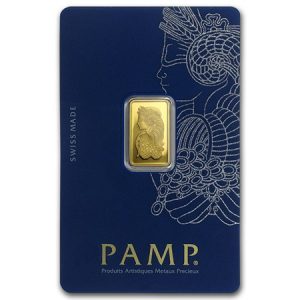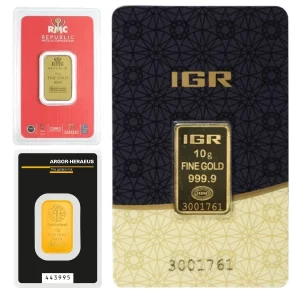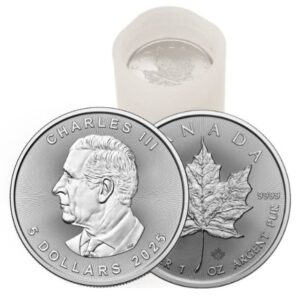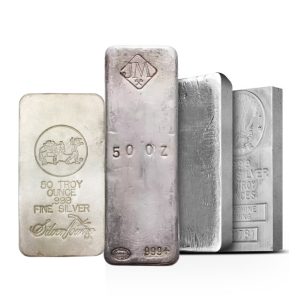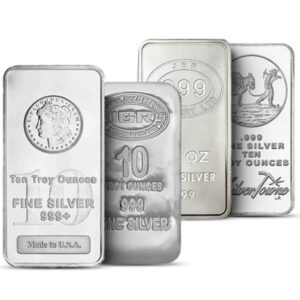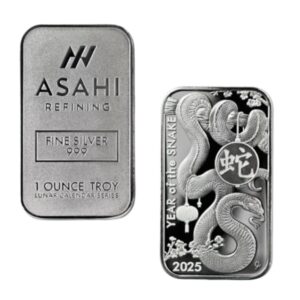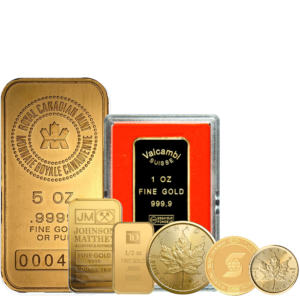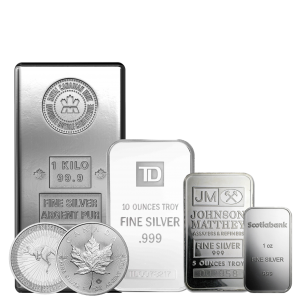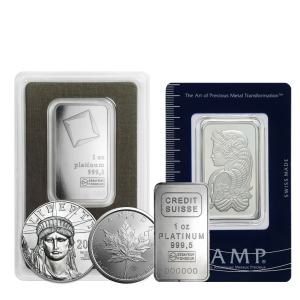The world’s financial system is trembling beneath the surface creating waves of financial uncertainty and the ripples have long reached your wallet. From secret currency interventions to escalating trade wars, the global economy is navigating uncharted waters. Today, we uncover the hidden moves of central banks, the strategic gold rush, and the brewing tensions that could redefine wealth in the coming years.
Behind Closed Doors: Central Banks’ Secret Currency Games
Imagine a world where the value of your money is quietly manipulated by unseen hands. According to the 21st annual Central Banking survey, sponsored by HSBC, that’s exactly what’s happening. Half of the 84 central banks surveyed—managing a staggering $7.1 trillion in assets—admitted to intervening in currency markets over the past year. These interventions, often shrouded in secrecy, involve buying or selling currencies to stabilize or manipulate exchange rates.
Why does this matter to you? When central banks tweak the value of their currencies, it can distort trade, inflate prices, or as the worst-case scenario, erode your purchasing power overnight. A weaker currency can make your groceries more expensive, while a stronger one could hurt local businesses reliant on exporting goods abroad. These moves are a stark reminder that the global financial system is a high-stakes chess game, and most of us are mere pawns. The goal is to remove yourself from the pawn class and to begin making your own decisions that are best for you based on the information you gather and analyze.
Continuing with the survey, it was also revealed that 37.5% of central banks plan to increase their gold holdings, despite soaring prices. Clearly, gold at current prices is still being viewed as a bargain. That being because gold, the ultimate safe-haven asset, is their hedge against uncertainty, and when the institutions controlling the world’s money turn to gold, it’s a signal: they’re bracing for turbulence. Are you?
India’s Golden Pivot: A New Trade Frontier with the U.S.
Across the globe, India is making a bold move to balance its trade relationship with the United States. Sources confirm that New Delhi is exploring imports of gold, silver, platinum, and precious stones from the U.S. to address Washington’s concerns over a growing trade deficit. This isn’t just a trade deal—it’s a geopolitical chess move for India to secure high quality gold and silver while also shrinking the trade imbalance between the two countries. A win-win.
For years, India’s appetite for gold has been insatiable, driven by cultural traditions and economic hedging. By sourcing these high-value items from the U.S., India aims to narrow the trade gap while strengthening ties with a key ally. But here’s the catch: this shift could reshape global gold markets. Increased demand from India, coupled with U.S. exports, could drive gold and silver prices higher, making gold and silver even more coveted—and expensive—for investors like you.
This move also underscores a broader trend: nations are weaponizing trade to navigate a fractured global economy. As supply chains shift and alliances realign, the value of tangible assets like gold and silver becomes undeniable.
China’s Gold Rush: A Safe-Haven Surge
Meanwhile, the People’s Bank of China (PBOC) is doubling down on gold. Sources report that the PBOC recently allocated fresh gold import quotas to commercial banks to meet skyrocketing citizen demand for safe-haven assets.
China’s move sends a clear message: even the world’s second-largest economy is seeking shelter in gold. China is already the largest producer and importer of gold, yet it is becoming obvious they still feel as if they do now own enough for what is on the horizon. As geopolitical tensions rise and fiat currencies wobble, gold’s allure as a store of value grows stronger. For everyday investors, this is a wake-up call. If central banks and billion-dollar institutions are hoarding gold, shouldn’t you consider securing your own share?
U.S.-China Trade War: A Tariff Tsunami Looms
As if the global stage weren’t tense enough, the U.S. has dropped a bombshell: China could face tariffs of up to 245% on its imports due to the retaliatory actions we covered in our previous newsletter. This escalation in the U.S.-China trade war isn’t just a policy spat—it’s a seismic shift that could disrupt supply chains, spike inflation, and rattle markets worldwide as the two largest world economies go head-to-head with neither showing any signs of backing down.
Higher tariffs mean higher prices for goods, from electronics to clothing to food. For American consumers, this could translate to tighter budgets and far tougher choices as non-essential purchases simply become unaffordable. For the global economy, it’s a step closer to fragmentation, as nations retreat into protectionist corners. The fallout could weaken fiat currencies and amplify the appeal of gold and silver, which thrive in times of chaos.
Gold Shines Bright in a Darkening Financial Storm
As we close this newsletter, the financial world has witnessed a historic milestone: gold has surged to an unprecedented $3,300 USD per ounce, a new record, marking a 27% gain year-to-date. Silver, its steadfast companion, is no slouch either, climbing 12.5% in the same period. Meanwhile, the S&P 500 and Bitcoin—darlings of the modern investment era—are each down roughly 10% this year, battered by economic headwinds and waning confidence. These numbers tell a powerful story. While stocks and cryptocurrencies falter, gold and silver are emerging as the ultimate safe havens in a world gripped by secret currency interventions, escalating trade wars, and geopolitical chess moves. Central banks are stockpiling gold, nations are realigning trade flows, and uncertainty is the only constant. For investors, the message is clear: tangible assets are not just surviving—they’re thriving.
And that is because gold and silver aren’t just shiny metals; they’re the ultimate insurance against a world where trust in paper money is eroding. Unlike fiat currencies, which can be printed or manipulated, precious metals hold intrinsic value. When central banks hoard gold, when trade wars threaten stability, when inflation looms, gold and silver stand firm. The rise of gold to $3,300 isn’t just a headline; it’s a warning and an opportunity. As fiat currencies wobble and markets tremble, precious metals offer a beacon of stability. Now is the time to act—secure your wealth, diversify your portfolio, and stake your claim in the assets that endure when others fade. The storm is here, but gold and silver are your lighthouse.
 Hi,
Hi,


